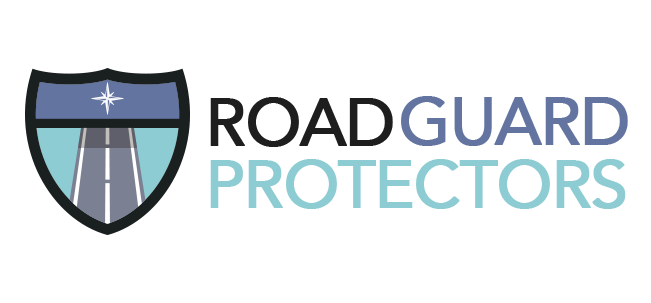Auto insurance is a crucial aspect of responsible vehicle ownership, offering financial protection in the event of accidents, theft, or other unexpected incidents on the road. However, determining the appropriate coverage limits can be a daunting task. Too little coverage leaves you vulnerable to significant financial losses, while excessive coverage can lead to unnecessary expenses. Finding the right balance requires careful consideration of various factors. Let’s delve into deciphering coverage limits and how to determine how much auto insurance you really need.
Understanding Coverage Types
Before delving into coverage limits, it’s essential to understand the different types of auto insurance coverage:
- Liability Coverage: This type of coverage pays for bodily injury and property damage that you cause to others in an accident for which you are at fault. It typically includes two components: bodily injury liability and property damage liability.
- Collision Coverage: Collision coverage pays for damage to your vehicle resulting from a collision with another vehicle or object, regardless of fault.
- Comprehensive Coverage: Comprehensive coverage provides protection against non-collision events such as theft, vandalism, natural disasters, and collisions with animals.
- Uninsured/Underinsured Motorist Coverage: This coverage protects you if you’re involved in an accident with a driver who either has no insurance or insufficient coverage to pay for your damages.
Factors to Consider When Determining Coverage Limits
- State Requirements: Each state has minimum auto insurance requirements that drivers must adhere to. It’s crucial to familiarize yourself with these requirements to ensure compliance.
- Asset Protection: Consider your assets, including your savings, investments, and property. Your coverage limits should be sufficient to protect these assets in the event of a lawsuit resulting from a severe accident.
- Vehicle Value: The value of your vehicle plays a significant role in determining coverage limits. If you have a newer or high-value vehicle, you may want higher coverage limits to ensure adequate protection.
- Driving Habits and Risk Factors: Factors such as your driving record, frequency of driving, and the area in which you live can influence your risk of accidents. Drivers with a history of accidents or traffic violations may require higher coverage limits.
- Financial Obligations: Consider your financial obligations, including loan payments and lease agreements. Lenders often require comprehensive and collision coverage with specific deductible amounts.
- Health Insurance Coverage: Evaluate your health insurance coverage to determine whether you need additional medical payments coverage or personal injury protection (PIP) as part of your auto insurance policy.
Balancing Coverage and Affordability
While it’s essential to have adequate coverage, it’s also crucial to balance your coverage needs with affordability. Here are some tips for finding the right balance:
- Review Your Policy Regularly: Periodically review your auto insurance policy to ensure that your coverage limits still align with your needs and circumstances.
- Shop Around: Obtain quotes from multiple insurance providers to compare coverage options and pricing. Different insurers may offer varying levels of coverage at different price points.
- Consider Deductibles: Adjusting your deductibles can help lower your premiums. However, be sure to choose deductibles that you can comfortably afford to pay out of pocket in the event of a claim.
- Bundle Policies: Many insurers offer discounts for bundling multiple policies, such as auto and home insurance. Bundling can help you save on premiums while maintaining adequate coverage.
- Explore Discounts: Inquire about available discounts for factors such as safe driving habits, vehicle safety features, and completion of defensive driving courses.
Consult with an Insurance Professional
If you’re unsure about the appropriate coverage limits for your auto insurance policy, consider consulting with an insurance professional. An experienced agent or broker can assess your individual needs and help you customize a policy that provides the right level of protection at a price you can afford.

